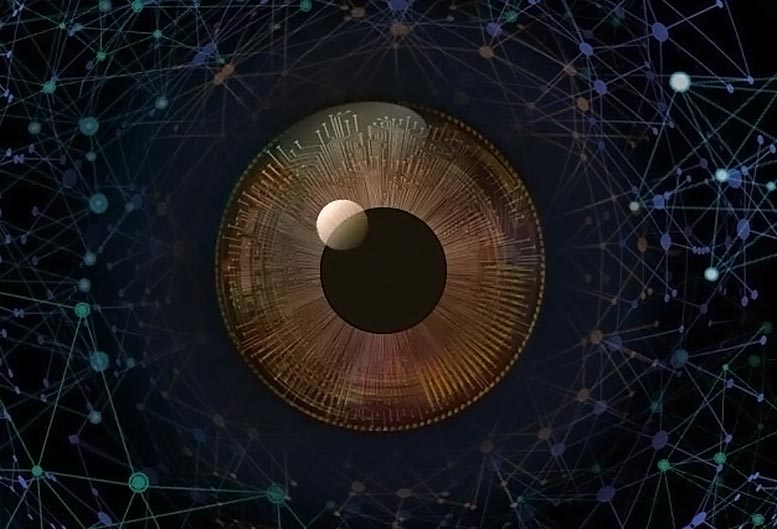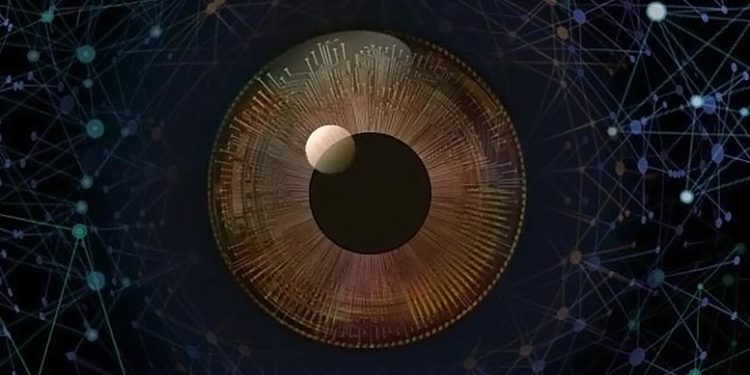[ad_1]

AI looking out for quantum benefits. Credit score: Alexey Melnikov
Russian researchers from the Moscow Institute of Physics and Expertise, Valiev Institute of Physics and Expertise, and ITMO College have created a neural community that realized to foretell the conduct of a quantum system by “wanting” at its community construction. The neural community autonomously finds options which can be well-adapted towards quantum benefit demonstrations. This may assist researchers in growing new environment friendly quantum computer systems. The findings are reported in the New Journal of Physics.
A variety of issues in trendy science are solved by means of quantum mechanical calculations. Among the examples are analysis into chemical reactions and the seek for secure molecular buildings for medication, pharmaceutics, and different industries. The quantum nature of the issues concerned makes quantum computations better-suited to them. Classical computations, in contrast, are likely to return solely cumbersome approximate options.
Creating quantum computer systems is expensive and time-consuming, and the ensuing gadgets usually are not assured to exhibit any quantum benefit. That’s, function quicker than a traditional pc. So researchers want instruments for predicting whether or not a given quantum gadget may have a quantum benefit.
One of many methods to implement quantum computations is quantum walks. In simplified phrases, the strategy may be visualized as a particle touring in a sure community, which underlies a quantum circuit.
If a particle’s quantum stroll from one community node to a different occurs quicker than its classical analog, a tool based mostly on that circuit may have a quantum benefit. The seek for such superior networks is a vital activity tackled by quantum stroll specialists.
What the Russian researchers did is that they changed the specialists with synthetic intelligence. They educated the machine to tell apart between networks and inform if a given community will ship quantum benefit. This pinpoints the networks which can be good candidates for constructing a quantum pc.
The workforce used a neural community geared towards picture recognition. An adjacency matrix served because the enter knowledge, together with the numbers of the enter and output nodes. The neural community returned a prediction of whether or not the classical or the quantum stroll between the given nodes could be quicker.
“It was not apparent this method would work, but it surely did. We’ve got been fairly profitable in coaching the pc to make autonomous predictions of whether or not a fancy community has a quantum benefit,” mentioned Affiliate Professor Leonid Fedichkin of the theoretical physics division at MIPT.
“The road between quantum and classical behaviors is commonly blurred. The distinctive function of our examine is the ensuing special-purpose pc imaginative and prescient, able to discerning this superb line within the community house,” added MIPT graduate and ITMO College researcher Alexey Melnikov.
With their co-author Alexander Alodjants, the researchers created a software that simplifies the event of computational circuits based mostly on quantum algorithms. The ensuing gadgets will likely be of curiosity in biophotonics analysis and supplies science.
One of many processes that quantum walks describe effectively is the excitation of photosensitive proteins, equivalent to rhodopsin or chlorophyll. A protein is a fancy molecule whose construction resembles a community. Fixing an issue that formally entails discovering the quantum stroll time from one node to a different may very well reveal what occurs to an electron at a selected place in a molecule, the place it should transfer, and how much excitation it should trigger.
In contrast with architectures based mostly on qubits and gates, quantum walks are anticipated to supply a neater technique to implement the quantum calculation of pure phenomena. The rationale for that is that the walks themselves are a pure bodily course of.
Reference: “Predicting quantum benefit by quantum stroll with convolutional neural networks” by Alexey A Melnikov, Leonid E Fedichkin and Alexander Alodjants, 13 December 2019, New Journal of Physics.
DOI: 10.1088/1367-2630/ab5c5e
The examine reported on this story was financially supported by the Russian authorities grant 08-08 and by the Russian Basis for Primary Analysis grant Nos. 19-52-52012 MHT-a and 17-07-00994-a.
Valiev Institute of Physics and Expertise is a part of the Russian Academy of Sciences.
[ad_2]









